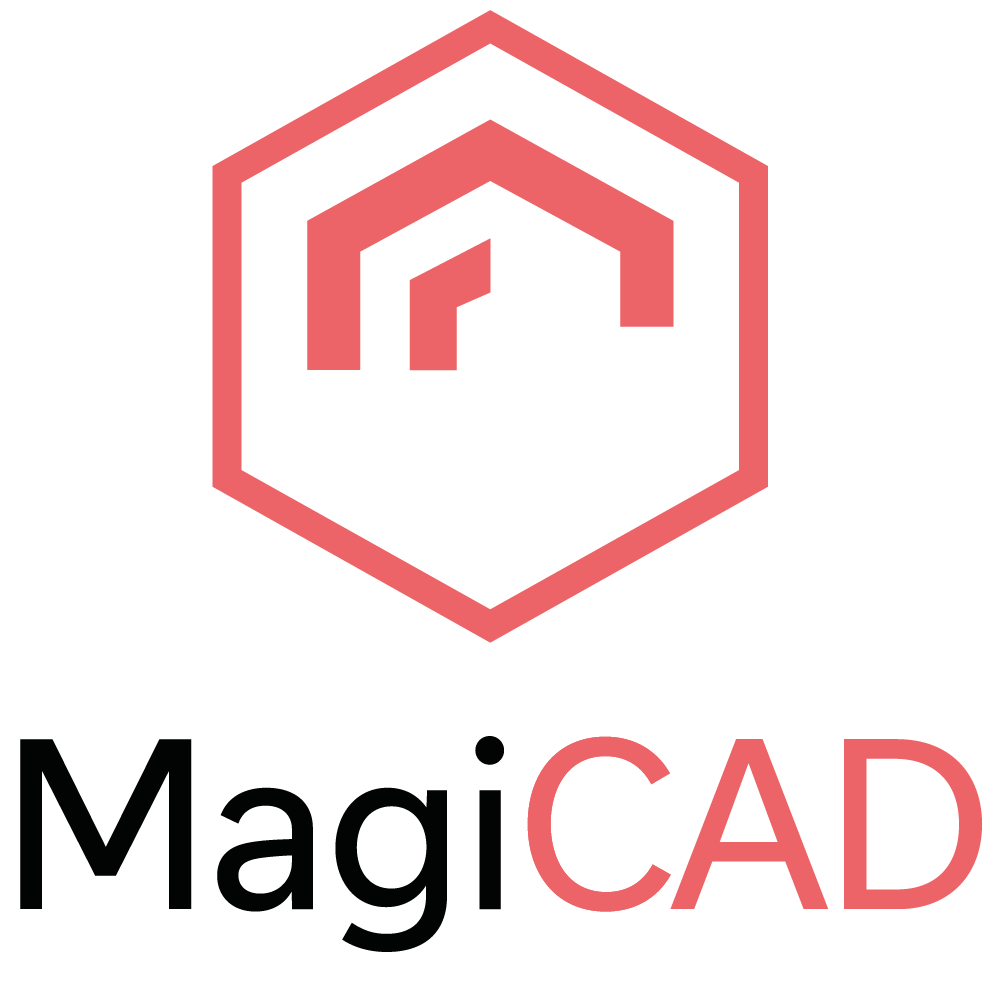Lean Construction, Lean Design and Building Information Modelling
Originating in Japan in the car manufacturing industry in the 1950s, Lean is a set of principles for optimising manufacturing processes essentially by reducing waste of time and resources. Since then the Lean methodology has gained acceptance in a variety of business areas, one of them being the construction industry.
Lean Construction applies the principles of Lean to construction projects. There are a number of different ways that Lean Construction optimises the construction workflow, but essentially the Lean approach emphasises:
- Increased focus on those aspects of the construction process which generate factual value for the customer, and
- Reducing the waste resulting from unnecessary or avoidable activities along the construction process.
Reducing waste to step up productivity
The concept of waste is central to the Lean methodology. Lean generally identifies seven causes for waste in processes:
- Unnecessary transport of products or materials,
- Piling up more materials or inventory than needed at a specific point in time,
- Unnecessary movement of workforce during the construction process,
- Waiting for the next step in the process, or for the process to restart after interruptions,
- Over-production ahead of demand,
- Over-processing past the level of what is needed, and
- Defective results which cause waste through additional inspecting and corrections.
In Lean Construction, these seven categories are applied to workflows in construction projects and to coordinating work on the construction site.
Often in the context of construction, also an additional eight category is used, which addresses the waste resulting from ‘making do’ practices on the site. This refers to improvisation which occurs because of insufficient planning, or because the required materials or solutions are unavailable or in some way inapplicable at the time they are needed. The ‘making do’ waste can be reduced by ensuring that the work does not begin before the prerequisites – the designs, materials and resources – are in place.
In the context of Mechanical, Electrical and Plumbing (MEP) design and the related installations on site, we are dealing with ‘making do’ practices when, for example, clashes between MEP systems are being resolved during installation or when changes must be made to systems on site due to incorrect sizing or balancing. The same occurs when the planned installation needs to be adjusted on site because it does not physically fit the planned location, or because there would otherwise be no maintenance access to the device later on. Increased emphasis on correctly coordinated and accurate MEP design can therefore dramatically decrease the need for improvised adjustments on site.
Increased focus on the design stage reduces waste
The choices we make in the design stage will have a great impact on the success of the actual construction and installation work. This impact can be for the positive or the negative. Because of this, the capability to verify the feasibility of the designs – and the correct operation of the designed systems – already in the design stage is one of the crucial factors in achieving many of the benefits of the Lean Construction approach. The Building Information Modelling (BIM) methodology and the related design technologies enable these verifications.
In the field of MEP engineering, many of the causes of waste can be addressed, and to a large extent avoided, by selecting a good enough BIM tool for performing the design work. An example of a tool enabling this is MagiCAD for Revit and AutoCAD. MagiCAD has been developed specifically for productivity-enhancing MEP design, and it is today one of the world's most popularly used BIM solutions for the MEP field.
MagiCAD tackles these and a multitude of other productivity issues efficiently and makes day-to-day design work easier and considerably faster in the process. With MagiCAD's advanced design-supporting automation, tasks such as engineering calculations, coordination and verifications can be carried out as an integrated part of the actual modelling work. For example, the efficient real-time and on-demand clash detection functions, which MagiCAD offers on top of the Revit technology, detect clashes between not only the systems themselves but also the clearance zones (e.g. maintenance zones) defined for the objects, enabling the clashes to be resolved instantly.
Furthermore, when the design itself can be carried out using real, commercially available products with accurate geometry and product data, the coordination between the different MEP systems, and the physical fit of the systems in the spaces reserved for them, are much less likely to cause issues anymore on site when the actual installations begin.
BIM and Lean Design
Building Information Modelling leads us to an important subcategory of Lean Construction: Lean Design. The BIM methodology and the related design technologies enable a Lean design workflow by significantly reducing manual work and time expenditure, and by increasing the quality of the produced designs. Key to this is work-supporting automation, which facilitates many day-to-day routine design tasks and enables many frequently needed, often complex workflows to be handled with greater quality and considerably fewer mouse clicks. MagiCAD offers this for the MEP design field.
The automation of MagiCAD for Revit and AutoCAD not only makes the day-to-day design work easier and faster, but also decreases the chance of manual errors, improving the quality of the delivered designs. As a result, more than 30 % faster design completion times can be achieved, enabling the design company to complete more billable projects within the same timeframe with the same workforce.
To learn more about the time-saving and cost-reducing benefits of BIM and MagiCAD, download our free white paper “Understanding BIM in the Age of Digitisation”












